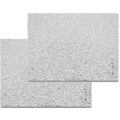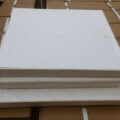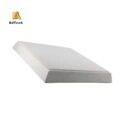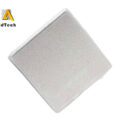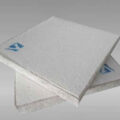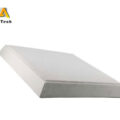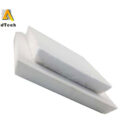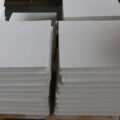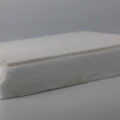The molten aluminum foam ceramic filter has an open cell structure and a plurality of interconnected voids surrounded by a ceramic fiber mesh. The porous structure of the filter helps filter molten metal. The molten metal is poured into a ceramic foam filter to remove entrained solids from the molten metal. The air permeability of the filter is 400 to 8000×10-7 cm2, the porosity is 0.80 to 0.95, the pore diameter is 5 to 45 holes per linear inch, and the thickness is 1/4 to 4 inches.
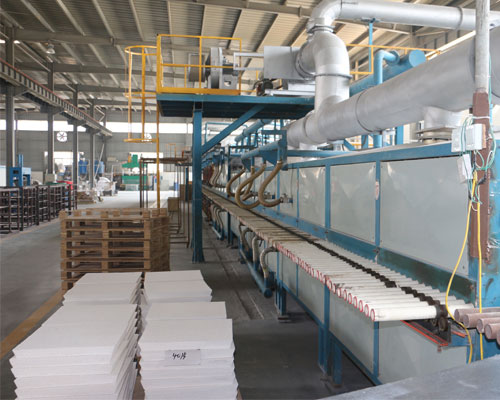
Molten aluminum usually contains entrained solids, which are harmful to the final cast metal product. These entrained solids usually come from three sources. Some are alumina particles, the floating oxide layer on the surface sucks them into the liquid stream, and some entrained particles are fragments of the furnace lining, conveying trough, and other parts of the molten aluminum processing equipment, which are eroded and entrained. In the flowing aluminum stream, some particles are the precipitation of insoluble impurities, such as the precipitation of intermetallic compounds, borides, carbides or other aluminum compounds (such as chlorides).
When these impurities appear in the final cast product after the molten aluminum is solidified, they can cause the ductility of the final product to decrease or the finishing characteristics of the final product to deteriorate. Therefore, it is desirable to remove entrained solids from the molten aluminum stream before casting it into a solid, which can be used as it is or subjected to forming operations such as rolling, forging, extrusion, and the like.
The molten aluminum foam ceramic filter filtration process to remove entrained solids from the liquid is accomplished through porous filtration media. Usually, filtering molten metals, especially aluminum, will encounter some special problems, because the liquid is very corrosive, and it is difficult to find a filter medium that can withstand the liquid.
AdTech offers an improved ceramic foam filter for filtering and removing entrained solids from molten aluminum alloy. The molten metal foam ceramic filter adopts a material with an open-cell structure, and is characterized in that a plurality of interconnected voids are surrounded by a ceramic mesh. The use of ceramic foam filter greatly improves the filtration efficiency. The high-efficiency ceramic foam material used to filter molten metal is characterized by improved strength and reliability. The porous ceramic filter medium has high strength and low cost.

